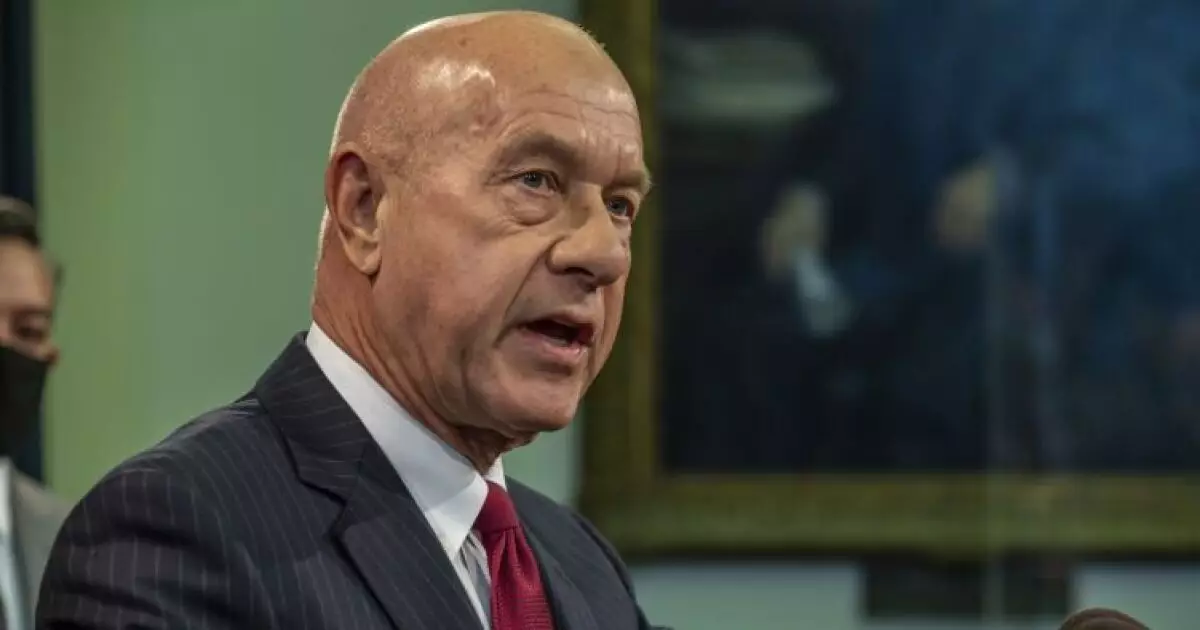On a recent Wednesday, officials from Houston revealed an ambitious yet necessary roadmap aimed at achieving substantial savings in the fiscal 2026 budget. By focusing on operational efficiencies, accountability, and stringent spending controls, the city is poised to enhance its financial health significantly. Mayor John Whitmire emphasized the crucial findings of an Ernst & Young efficiency study commissioned the previous year, noting that leveraging these insights could create a more transparent and efficient city government. This shift focuses on not merely cutting costs but rather streamlining service delivery, ultimately encouraging public confidence and potential revenue generation.
As Houston initiates fiscal 2025 with a formidable $7.3 billion budget, growing concerns surrounding its financial sustainability loom large. The general fund, essential for operational spending, is set at $3.03 billion. However, a troubling structural budget gap has necessitated the withdrawal of funds from the city’s general fund balance. Houston’s dwindling reserves have drawn scrutiny from prominent credit rating agencies, reflecting a shift in outlook for the city’s AA ratings. While Moody’s maintains a stable ranking of Aa3, the implications of high expenditure commitments, such as substantial payouts resulting from a contentious firefighters’ settlement, paint an unsettling picture of fiscal responsibility.
Adding complexity to Houston’s financial woes is a 2019 court ruling dictating that the city must allocate a minimum of $100 million annually to drainage and road improvements. This legal obligation, combined with looming payment deadlines, threatens to erode the city’s projected fund balances. As Houston Controller Chris Hollins noted, the anticipated payment due at the end of June would drastically reduce the fiscal 2025’s projected fund balance from $350 million to $250 million. Such a shift not only raises concerns about immediate liquidity but also exacerbates the ongoing structural deficit, pushing it to alarming levels that may ultimately compromise city services.
In light of these financial challenges, Mayor Whitmire is setting pragmatic expectations regarding the potential outcomes of the efficiency study. He believes it could yield reductions in expenditures ranging from 5% to 15% in the forthcoming budget cycle. However, Whitmire cautioned that this transition is a gradual endeavor, likening it to a process that requires sustained effort rather than instant results. Controller Hollins echoed this sentiment, pointing out that while the efficiency study reveals promising avenues for cutting waste, their financial significance must be evaluated thoroughly before implementing drastic changes.
As Houston grapples with its fiscal realities, the formation of an emergency task force appears vital, as suggested by Hollins. This task force could provide critical oversight and innovative solutions to bolster financial stability. The city stands at a crossroads; it must navigate the intricacies of maintaining service quality while diligently working towards economic viability. The blend of operational efficiency, proactive financial management, and community engagement will be crucial for Houston to emerge not merely as a resilient city but as a model for other urban centers facing similar fiscal challenges.

